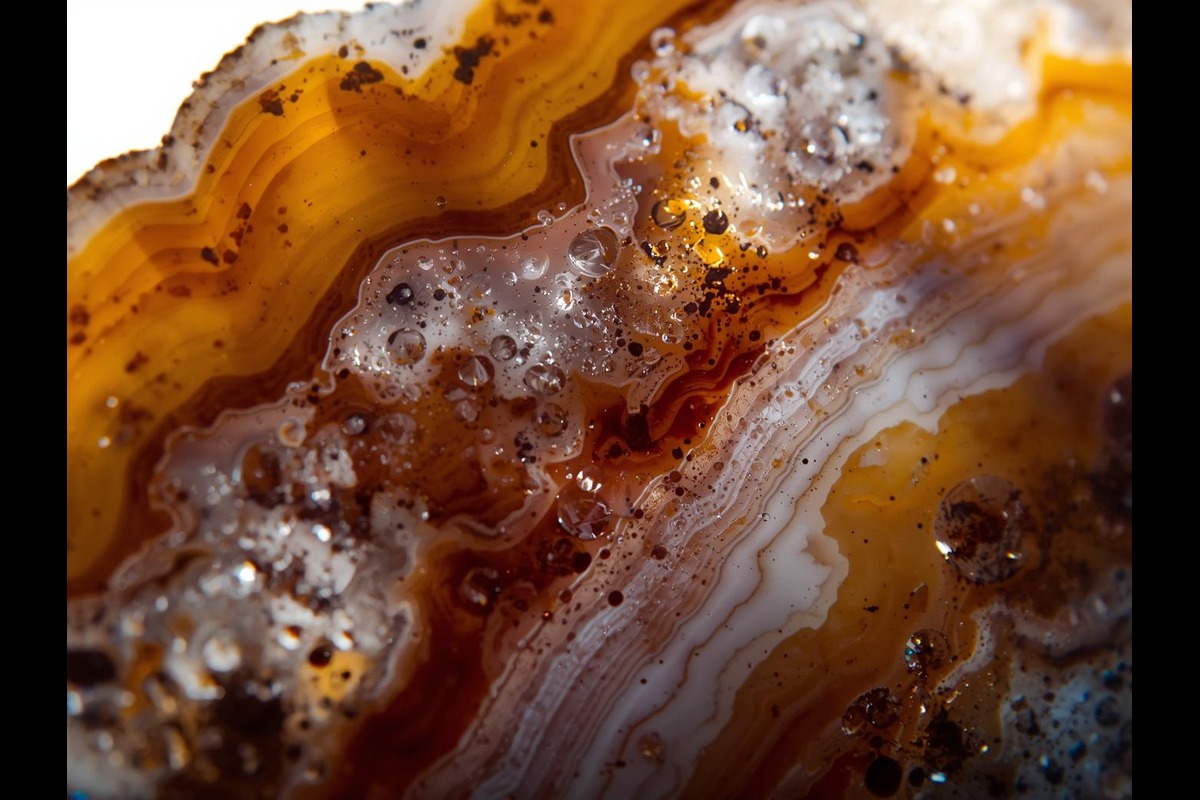
When combining styles, a neutral base provides flexibility. Use whites, grays, or earth tones to create balance. This helps vintage and modern pieces feel cohesive in one space.
Neutral walls and flooring allow your decor to shine. Modern lighting on vintage side tables or antique mirrors with sleek frames work well. The base becomes a grounding element in your mix.
Soft neutral colors also make a room feel open. Avoid too many competing patterns. A subdued background highlights both your vintage finds and modern pieces effectively.
Consider beige sofas or gray rugs. They offer the perfect canvas. This way, both the past and present can be showcased with clarity and elegance in the same room.
Choose a Dominant Style
Decide whether you want modern or vintage to lead. Having a dominant style prevents visual clutter. One theme should take priority to guide your furniture and decor choices.
For a modern-focused space, add a few vintage accents. Think old wooden stools or brass accessories. These elements enhance the design without taking over its essence.
In vintage-led rooms, introduce clean lines and minimalist forms. Modern pendant lights or sleek chairs will contrast beautifully. The goal is thoughtful inclusion, not confusion.
Dominance gives structure. It`s easier to mix when you’re not fighting for balance. Choose wisely based on your preference and the mood you want to create.
Balance Proportions
Scale is key when mixing eras. Oversized vintage furniture can overpower sleek modern items. Match pieces with complementary shapes and sizes for a seamless blend.
A low-profile modern couch pairs nicely with a vintage trunk. Avoid placing delicate items next to large, bulky ones. This keeps the look intentional and stylish.
Consider the visual weight of objects. A vintage mirror with ornate frames needs surrounding pieces that hold their own. Balance makes the room feel curated, not chaotic.
Stick to a consistent scale. It helps items from different periods relate to each other. This harmony enhances the overall feel and design of the space.
Mix Materials Thoughtfully
Different materials bring eras together. Combine wood, metal, glass, and textiles in ways that enhance contrast. Vintage pieces often bring warmth while modern ones add polish.
Old wooden tables with glass vases make for a charming duo. Metal chairs with tufted velvet cushions can marry vintage glamour with modern minimalism easily.
Avoid using too many textures in one room. Choose a few and repeat them across the space. This creates unity even when the style origins are different.
Leather, brass, chrome, and reclaimed wood are your friends. Each brings a different era’s character and creates depth in the decor story you’re telling.
Color is Your Connector
Color helps bridge the gap between decades. Choose a palette that includes both cool and warm tones. This helps diverse pieces visually belong together.
A soft sage green can link a modern cream couch to a vintage gold lamp. Consistent color accents bring flow, even when the shapes and eras differ.
Repeat accent colors through accessories. Cushions, art, and rugs can tie modern and vintage elements together beautifully. Use color as a visual pathway.
Monochrome palettes work well too. A room full of whites and blacks allows vintage and modern details to stand out without clashing. Let color lead cohesion.
Add Vintage Accessories
Accessories are the easiest way to inject vintage charm. Old clocks, rotary phones, or aged books can add interest without altering major furnishings or layout.
Antique frames or mirrors bring a nostalgic flair. Place them on minimal shelves or hang them in gallery walls with modern art for added personality.
Avoid over-accessorizing. A few standout vintage pieces tell a better story. They add richness and depth to otherwise modern surroundings without overwhelming the eye.
Choose meaningful items. Family heirlooms, market finds, or travel souvenirs make your space feel authentic. They reflect your taste and bridge eras naturally.
Include Modern Lighting
Modern lighting can modernize any space. Even in a vintage-heavy room, a geometric chandelier or LED floor lamp brings contemporary edge and contrast.
Consider pendant lights with industrial or Scandinavian flair. They cut through the nostalgia and bring fresh sophistication. Lighting often defines the mood and style.
Table lamps with sleek finishes or smart bulbs add tech-forward appeal. Pairing them with antique tables adds delightful tension between new and old.
Avoid ornate light fixtures with overly vintage furniture. That could make the room feel outdated. Modern lighting adds just enough disruption to keep things lively.
Reupholster or Refinish Old Furniture
Give old furniture a modern update. Reupholster chairs in bold colors or graphic patterns. Sand and paint tables in minimalist tones like black or white.
Refinishing preserves character while adapting to modern needs. A vintage dresser painted matte blue becomes both functional and stylish in today’s decor.
Upholstery lets you play with fabrics. Use modern textures like suede or linen. Pairing these with antique frames results in a unique fusion that catches the eye.
Restoration also supports sustainability. Breathing new life into old items keeps waste low and gives your space a personalized, eco-conscious touch.
Curate Art from Both Worlds
Wall art is a powerful tool. Hang modern abstract prints beside vintage landscapes or classic portraits. This creates layers of visual storytelling in your room.
Gallery walls with mismatched frames mix charm and polish. Balance bold contemporary pieces with softer vintage ones. It keeps the wall engaging, not overwhelming.
Use neutral mats and similar color tones. This helps artwork from different periods feel united. Art bridges the design gap effortlessly and draws eyes around the space.
Rotate art seasonally to keep things fresh. A mix of eras can evolve with your taste. Art is the perfect place to experiment with modern-vintage combinations.
Stay Functional and Comfortable
Style should never compromise comfort. Ensure your seating, lighting, and surfaces serve their purpose. Good design feels just as good as it looks.
Vintage furniture can be beautiful but uncomfortable. Pair it with modern cushions or ergonomic seating. Keep aesthetics and usability in balance throughout the room.
Modern pieces tend to emphasize function. Use them to ground your vintage decor. Soft rugs under antique tables or tech gadgets on old desks create a seamless lifestyle blend.
Functionality ensures your mixed-style space remains livable. The best designs support daily use while reflecting personal style and historical appreciation.
Experiment with Different Rooms
Start small if you`re unsure. Try the mix in an entryway, hallway, or reading nook. These spaces are perfect for experimenting with styles without overwhelming the home.
Bathrooms are ideal for mixing styles. Pair modern sinks with vintage mirrors or old tiles with sleek faucets. It’s a playful way to explore contrast in design.
In bedrooms, use vintage dressers with modern beds. Add mid-century lighting for charm. Each room offers unique opportunities to explore old-meets-new ideas.
Don’t be afraid to shift pieces around. Sometimes a vintage item doesn’t work in one room but shines in another. Flexibility helps fine-tune your overall look.
Make It Personal
At the heart of it, blending modern and vintage should reflect you. Let your home tell your story through pieces collected over time, across eras and styles.
Choose items that bring joy or hold memories. A vintage radio beside a modern soundbar says something about your appreciation for music through time.
Mixing styles isn’t about rules—it’s about relationships. Find pieces that resonate, then place them where they complement and contrast in meaningful ways.
A personal space feels intentional. Your mix of modern and vintage becomes a curated reflection of your personality, interests, and design evolution.










